Warmest Decade – Climate Crisis Still a No Show

 “According to independent analyses by NASA and the National Oceanic and Atmospheric Administration (NOAA), Earth’s global surface temperatures in 2019 were the second warmest since modern recordkeeping began in 1880,” the National Aeronautics and Space Administration reported on Wednesday. “Globally, 2019 temperatures were second only to 2016” and the “past five years have been the warmest in the record,” NASA’s blog stated. It also presented a chart showing that every decade since the 1960s was warmer than the one before it.
“According to independent analyses by NASA and the National Oceanic and Atmospheric Administration (NOAA), Earth’s global surface temperatures in 2019 were the second warmest since modern recordkeeping began in 1880,” the National Aeronautics and Space Administration reported on Wednesday. “Globally, 2019 temperatures were second only to 2016” and the “past five years have been the warmest in the record,” NASA’s blog stated. It also presented a chart showing that every decade since the 1960s was warmer than the one before it.
“These trends are the footprints of human activity stomping on the atmosphere,” NASA scientist Gavin Schmidt told The New York Times. A clunky metaphor better suited to evoke fear and anger than to enlighten. The Times helpfully translates: “That much warming means the world is far from meeting goals set to combat climate change.” Or as The Washington Post put it, getting off the current disaster course “would require a rapid, transformational shift away from fossil fuels that has yet to materialize.”
The agencies base their findings on five temperature records but chose not to include the University of Alabama Huntsville satellite record. In the 41-year UAH history, 1998 is the second warmest year, not 2019. Did the agencies ignore the UAH record to hide from public view the possibility that the second warmest year occurred more than two decades ago?
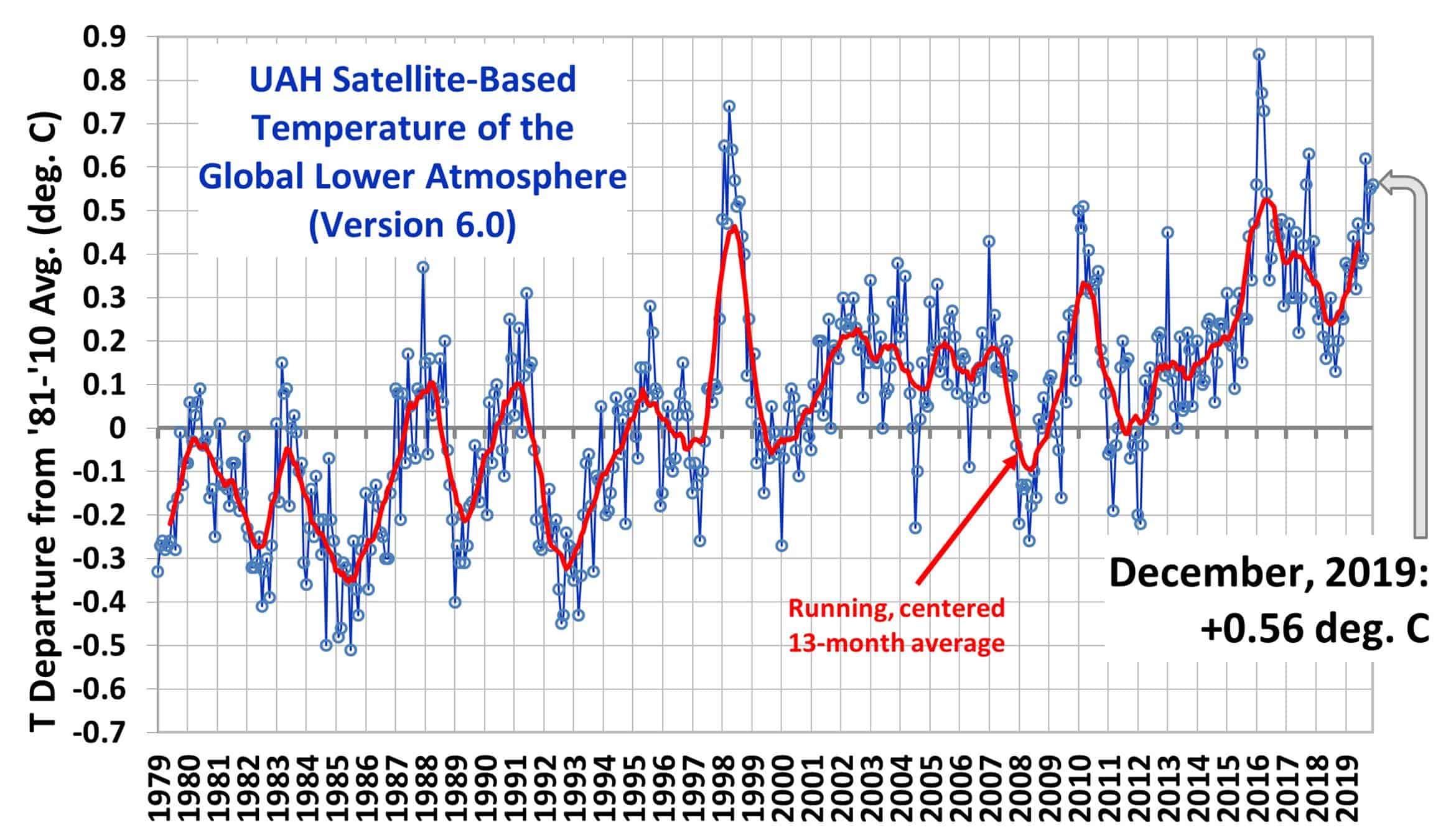
But let’s get to what really matters. Is there good reason to believe climate change is a “crisis” endangering the survival of civilization and the habitability of the Earth?
No. If climate change were a bona fide “existential threat,” we would see some evidence of it in major metrics of human well-being. We don’t.
The most basic indicator of human well-being is life expectancy. During the past decade, global average life expectancy increased by nearly 4 percent, from 69.9 years in 2010 to 72.6 years in 2019. Moreover, life expectancy increased in all regions of the world.
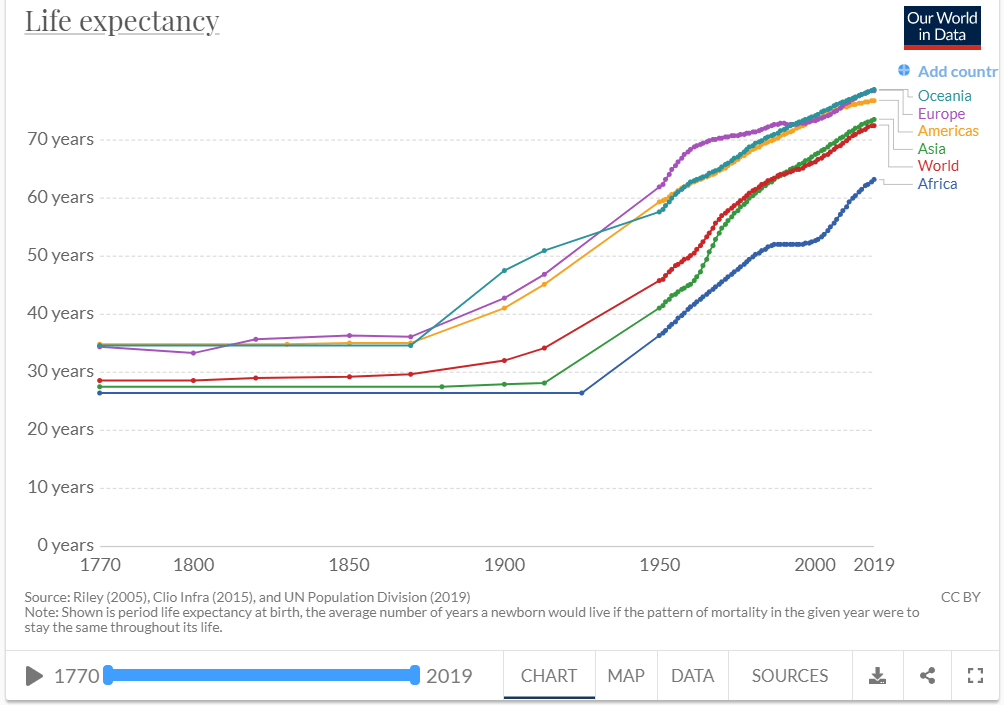
Taking a longer view, the second warming of the 20th century started in 1977, and stratospheric cooling indicates this was likely the beginning of human influence. Global average life expectancy in 1976, the year before the start of modern warming, was 59.7 years. That means life expectancy has increased by nearly 22 percent during the anthropogenic warming period.
Among the reasons for increasing life expectancy is the dramatic decline in deaths related to extreme weather. Globally, the average person today is 99 percent less likely to die from extreme temperatures, storms, droughts, or floods than 100 years ago.
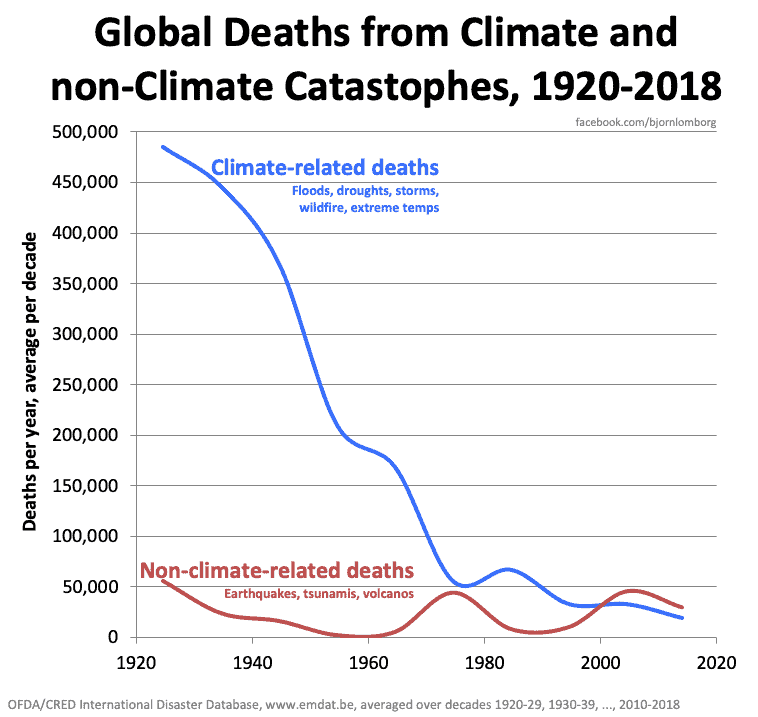
Per capita income is another key indicator of human welfare. Global per capita income increased by 12.6 percent just during 2010-2016. Since 1976, global per capita income rose by a whopping 110 percent, from $6,936.00 to $14,574.00.
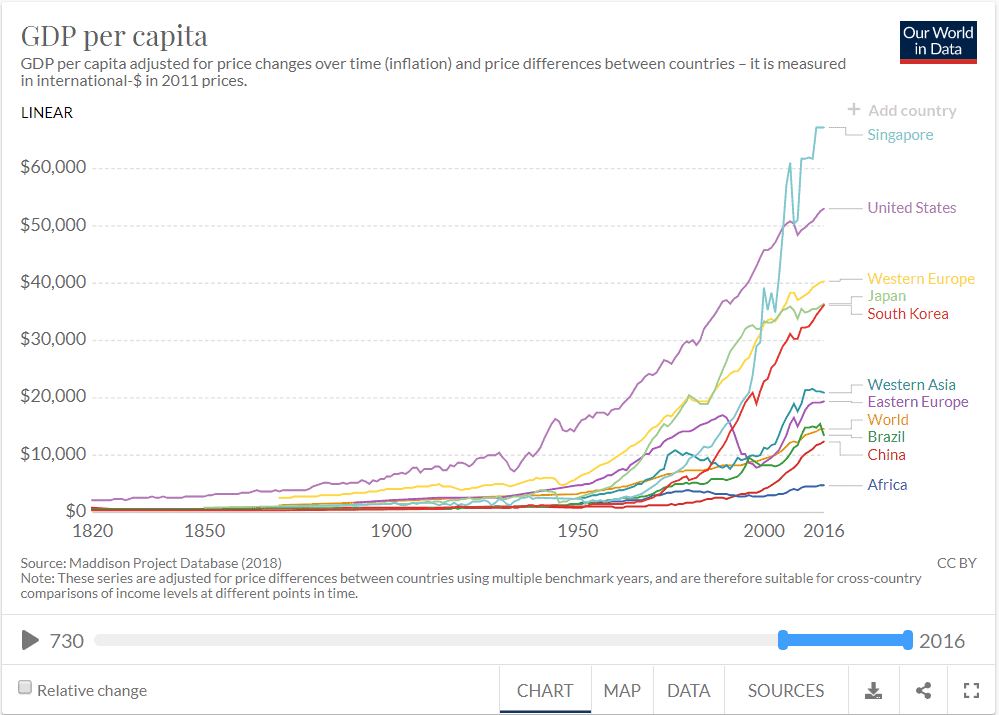
Agriculture is the quintessential “climate-sensitive” industry, and activist-scientists armed with computer models continually warn of the imminent decline of crop yields. But despite climate change, U.S. and global yields keep increasing. Farmers and agricultural science deserve most of the credit, but the carbon dioxide fertilization effect also boosts crop yields.
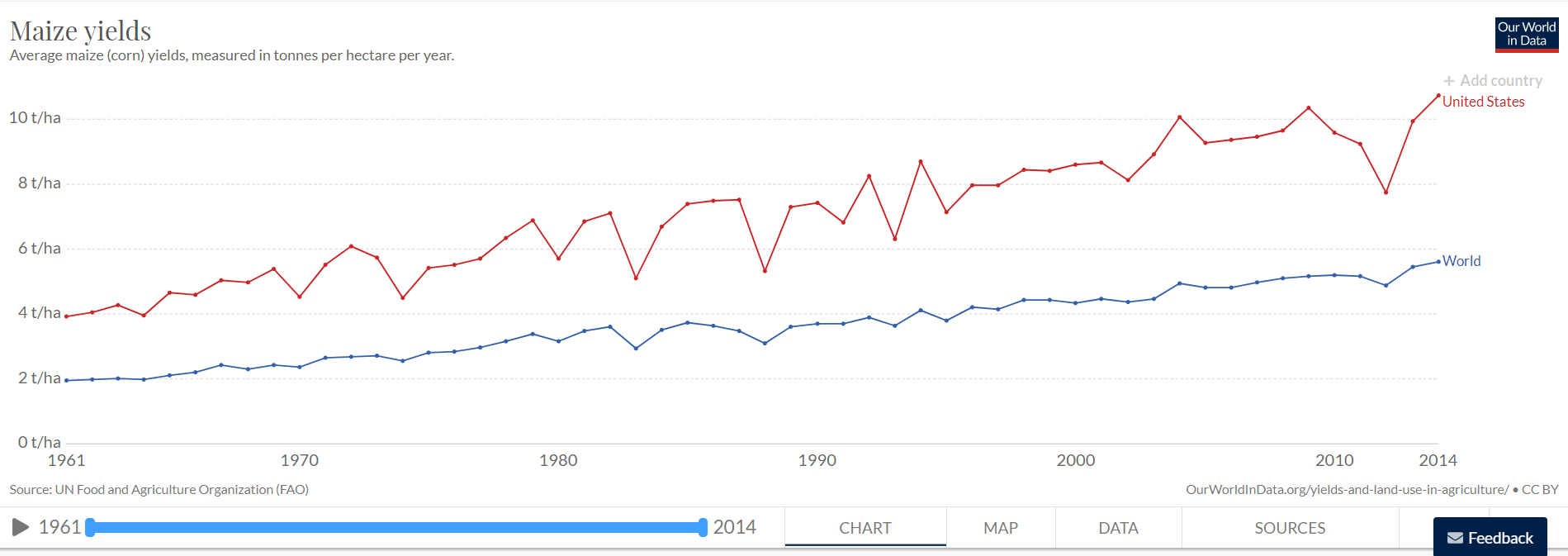
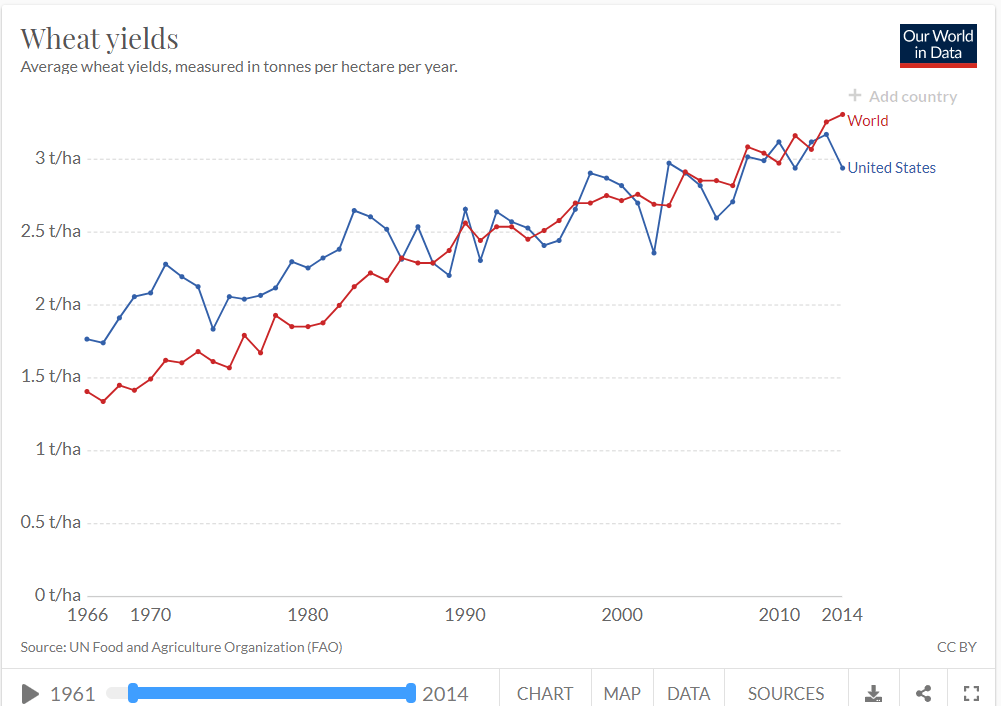

Thanks to rising per capita incomes and crop yields, the portion of humanity that is undernourished declined from just under 15 percent in 2000 to a bit below 11 percent in 2016. Of course, even one person living in hunger is one too many. The point is that the trend is in the right direction.
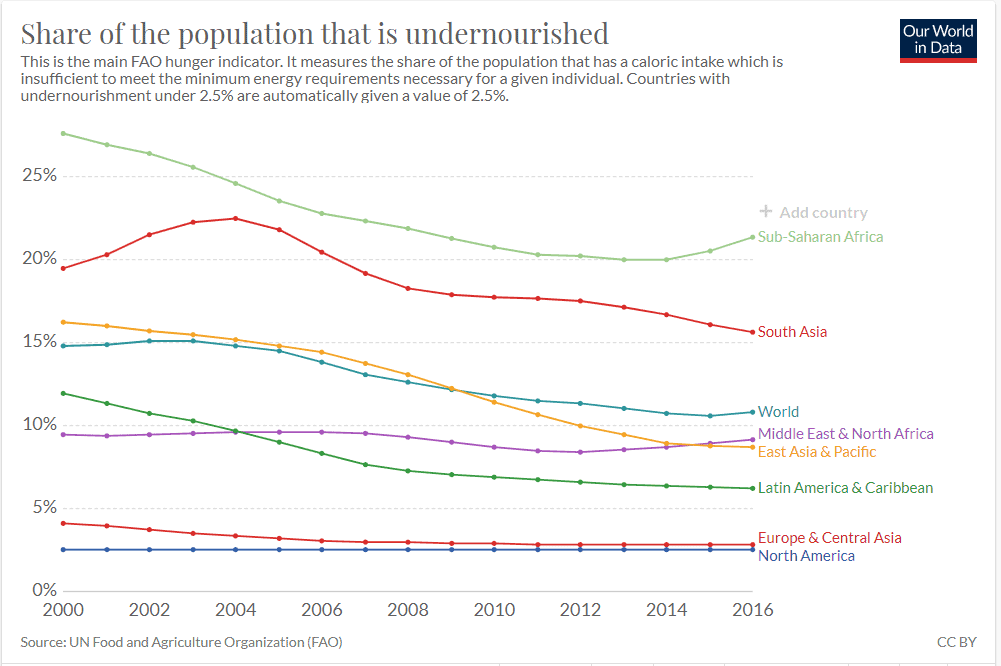
The percentage of the world’s population with access to safe drinking water increased from 76 percent in 1990 to nearly 91 percent in 2015. During 1990-2015, global population increased by two billion people. So, as the world warmed, a bigger majority of a bigger population gained access to safe drinking water.
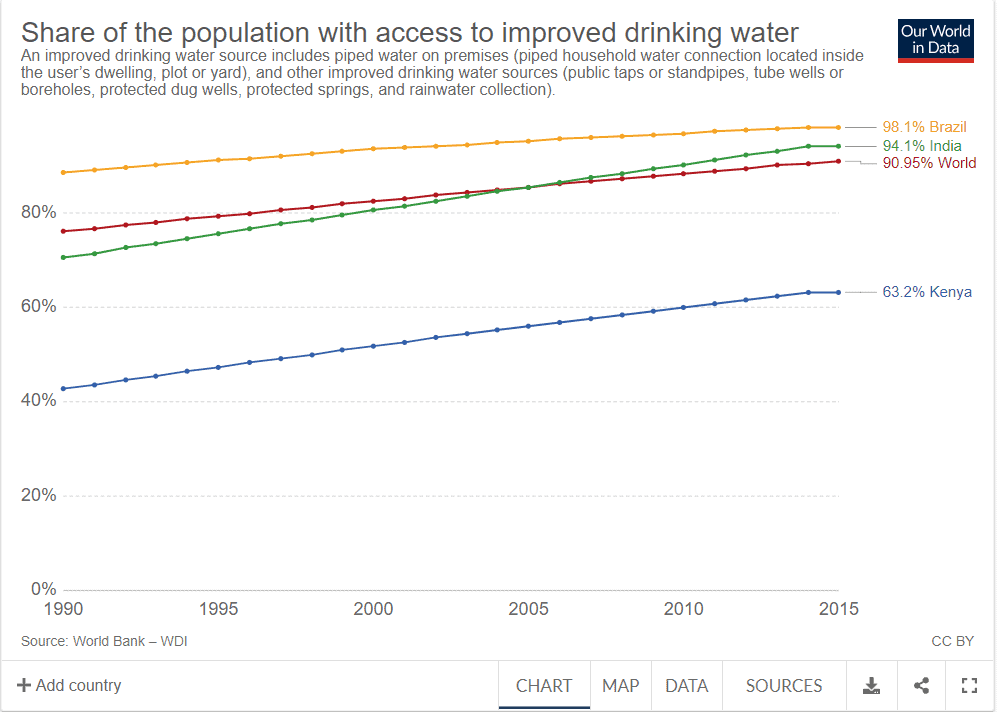
A recurrent scare is the claim that climate change will cause malaria epidemics by expanding the habitats and accelerating the breeding cycles of the anopheles mosquito. However, malaria is primarily disease of poverty, not climate. Much of the United States, including Minnesota and North Dakota, were “malarious areas” in the late 19th century—decades before the onset of anthropogenic warming.
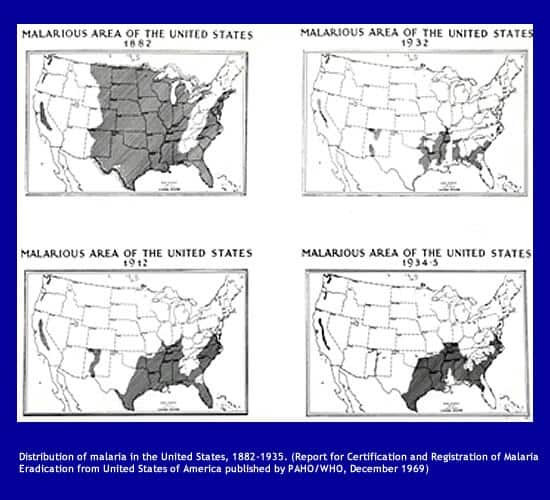
Rates of malaria infection (per 1,000 population at risk) decreased in all regions of the world during the first 15 years of the 21st century (although not steadily in all countries). The global infection rate declined by 40 percent. The number of deaths from malaria worldwide declined by 48 percent during those years.
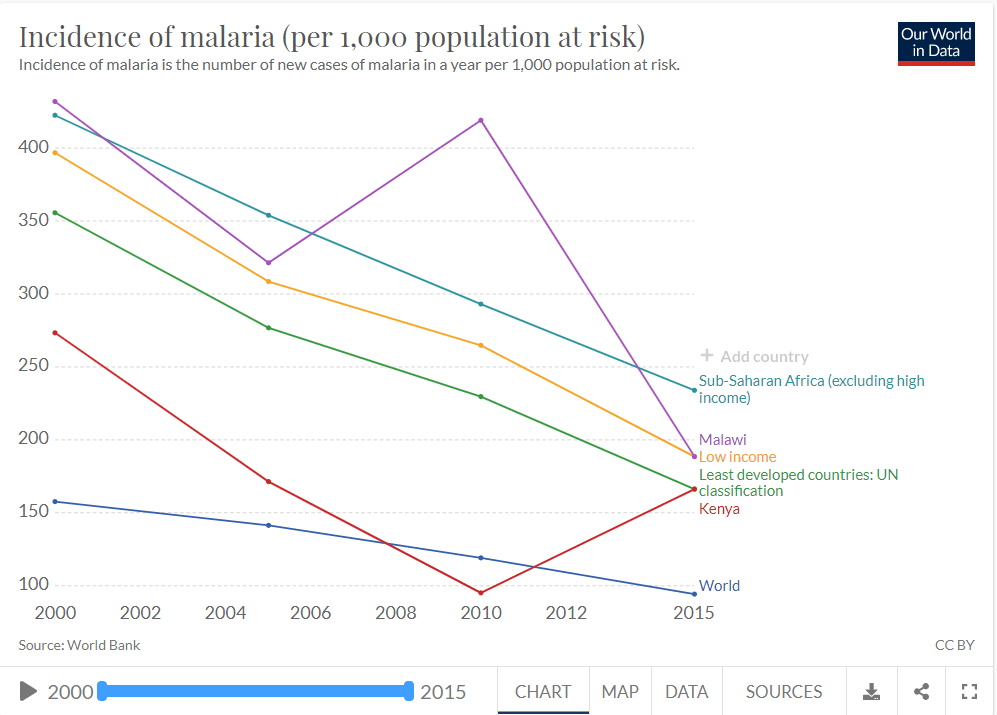
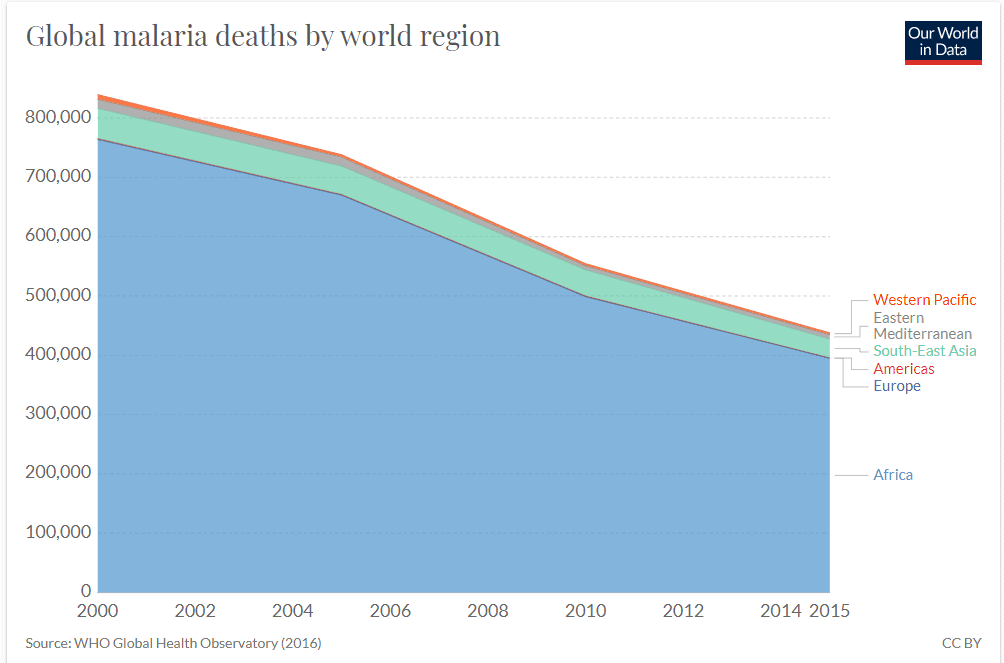
Only those misled into believing that global warming per se is catastrophic will be alarmed by the NASA/NOAA report. The report implicitly confirms that, like politics, all climate experienced by people is local. Although 2019 is the second warmest year globally according to the agencies’ assessment, it was only the 34th warmest year for the continental United States.
More importantly, the pace of warming since the start of the satellite era in 1979 is steady rather than accelerating and slower than nearly all climate model projections. Meanwhile, human progress towards a healthier safer world marches on.